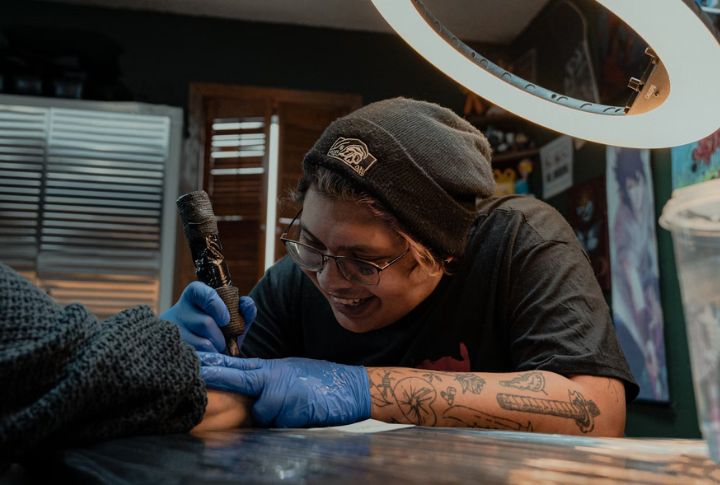
Tattoos aren’t just inked on the skin—they carry stories, history, and sometimes a few surprises. While some facts are well-known, others are buried under layers of assumption. Prepare to be surprised, impressed, and maybe slightly weirded out.
The Electric Tattoo Machine Was Inspired By Edison

In 1891, Samuel O’Reilly turned Edison’s electric pen into the first electric tattoo machine and patented the result. What was once a document duplicator became the blueprint for modern tattooing. He also added ink reservoirs and grouped needles, speeding up the process and changing tattooing from slow hand-tapping to rapid, motor-driven design work.
Otzi Had 61 Tattoos Before It Was Cool

Otzi, the Iceman, found frozen in the Alps, had 61 tattoos—mostly dots and lines placed near joints. Dating back over 5,000 years, these markings likely had therapeutic purposes. Researchers believe they correspond to acupuncture points, which makes Otzi the earliest known example of medicinal tattooing rather than decorative body art.
Women Actually Outnumber Men In Tattoos
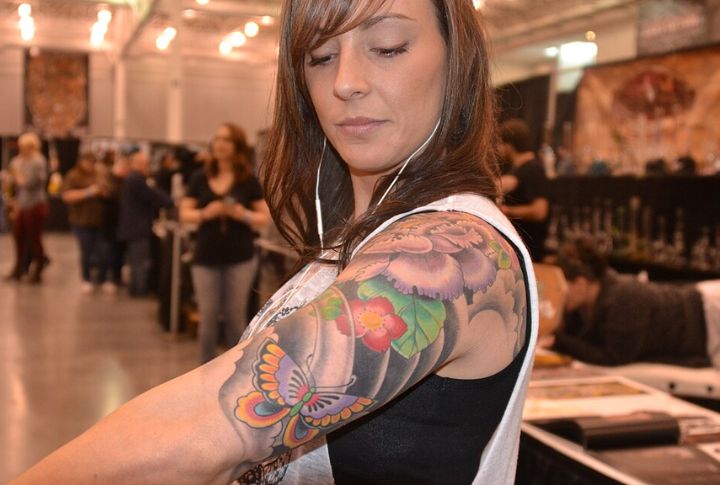
More women in the U.S. have tattoos than men, flipping the old stereotype. About 38% of women and 27% of men report at least one tattoo, according to national surveys. Women often favor areas such as the ankle or wrist, while men tend to prefer the arm, chest, or back for placement.
Tattoo Artists Practice On Fruit First
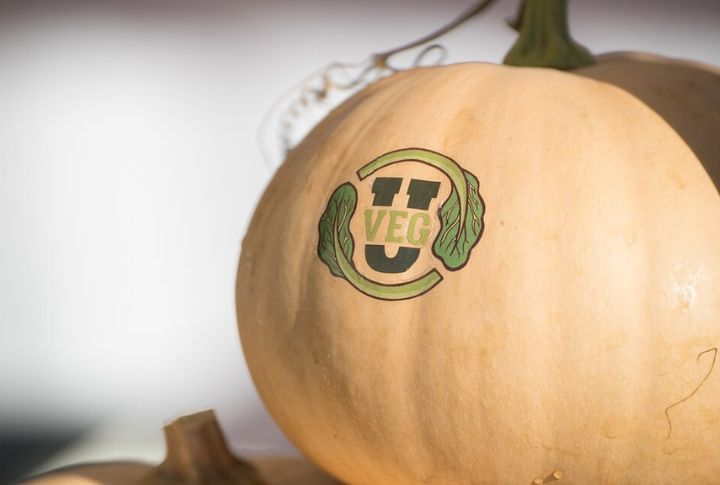
Before ever working on human skin, many tattoo apprentices start with oranges, grapefruits, or pigskin. The texture mimics skin well enough to practice depth control, needle handling, and line work. It’s a risk-free way to build hand confidence and precision before ink ever touches a real, breathing person.
Red Ink Can Be A Troublemaker
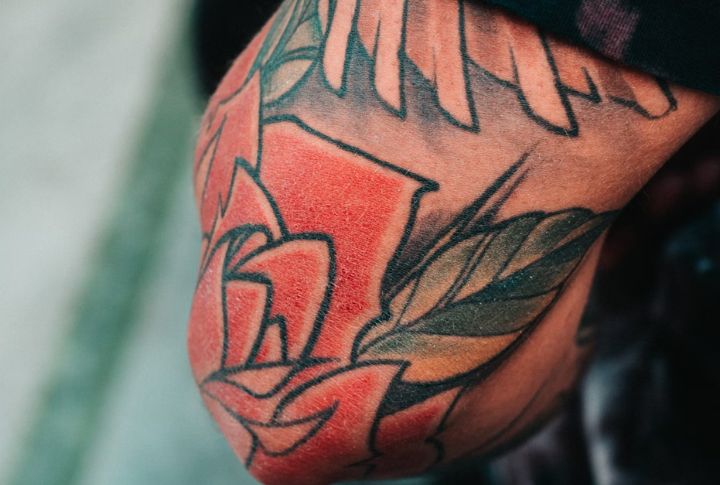
Of all tattoo pigments, red causes the most allergic reactions. Itching or rashes can even show up weeks or even years later. Historically, red ink contained mercury sulfide. While newer formulas use alternatives, red still triggers more reactions than other colors, especially in people with sensitive or reactive skin.
Black Ink Is the Easiest To Erase

Laser removal works best on black ink because it absorbs all wavelengths of light. The laser breaks it down into particles that the body can gradually eliminate. Removing light-colored tattoos takes more than standard treatment. It usually means extra appointments and a laser built for precision.
The Word “Tattoo” Comes From Samoa
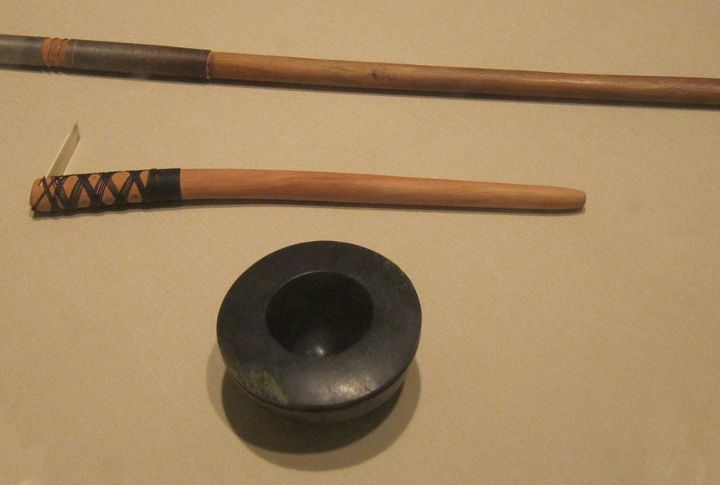
The word “tattoo” has Polynesian roots—specifically the Samoan word “tatau,” meaning “to strike.” Traditional tattoos were tapped into the skin using bone or shell tools and natural pigments. The term entered English through explorers like James Cook, who recorded the practice during voyages to Tahiti and other islands.
Mummies Had Ink, Too

Archaeologists have uncovered tattooed female mummies at Deir el-Medina in Egypt, featuring over 30 designs believed to be symbolic or spiritual in nature. The ink was applied with tools that punctured the skin and rubbed in pigment. These tattoos may have indicated status, served protective purposes, or been associated with fertility and healing.
Tattoos Once Helped Avoid Execution

In Soviet prisons, some inmates tattooed portraits of Stalin or Lenin over their hearts. It wasn’t political—it was survival. Guards were reluctant to fire on sacred images, so these tattoos acted as human shields. It’s one of the darker examples of how ink can convey power beyond its aesthetic appeal.
Tattoo Guns Work Incredibly Fast
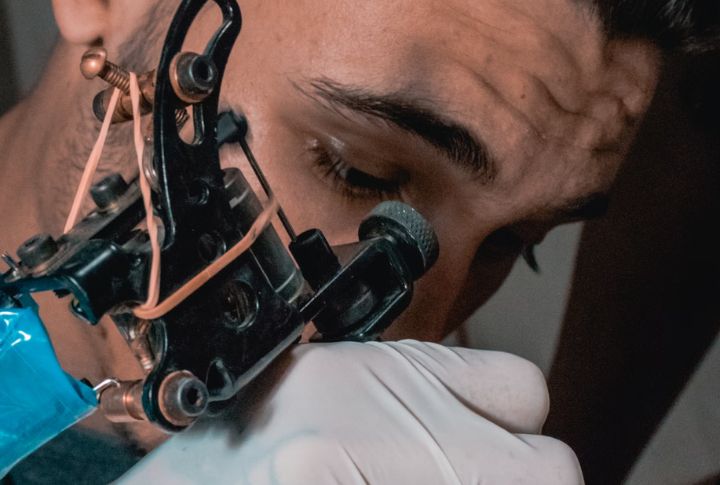
Electric tattoo machines puncture the skin anywhere from 50 to 3,000 times per minute, injecting ink just into the dermis. That’s why tattoos can hurt—they’re built on rapid, controlled trauma. Each needle pass deposits pigment while triggering the body’s healing response, locking the design in beneath the surface.
Traditional Filipino Tattoos Use Natural Inks

In the Philippines, the ancient Batok method uses soot mixed with binders like sugarcane juice or water. Artists tap the ink in with thorns or carved wood points. Practiced by elders like Apo Whang-Od, these tattoos carry cultural meaning tied to rites of passage, strength, and ancestral identity.
The Face Hurts The Most
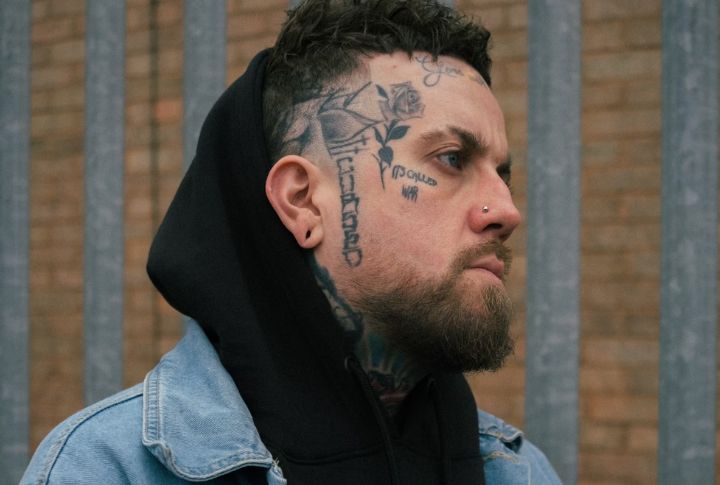
Face, ear, and neck tattoos rank high on the pain scale. These areas have dense nerve endings and thinner skin, making every pass of the needle more intense. Even seasoned tattoo veterans approach these spots cautiously. Healing can also be slower due to constant movement and exposure to environmental factors.
Tattoos Can Be Made With Ashes
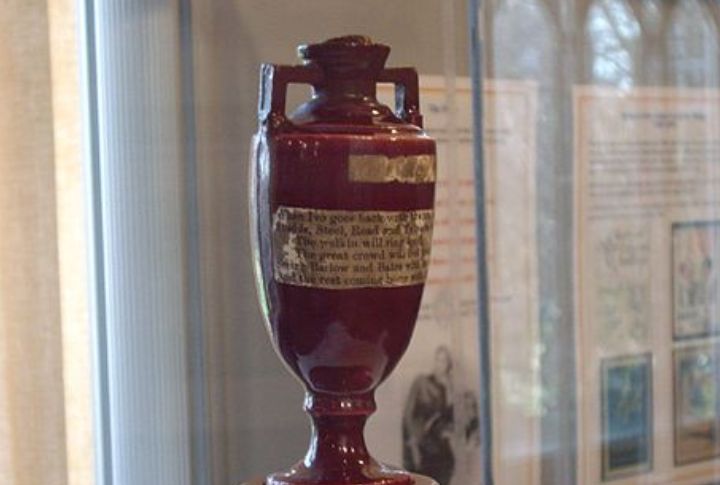
Some people mix cremation ashes into tattoo ink to create a permanent tribute to loved ones. Though not universally offered, this practice—sometimes called commemorative or ritual tattooing—allows mourners to carry a physical piece of someone close. Artists must follow special safety steps to ensure the ashes are handled cleanly.
The Inner Lip Tattoo Is Fleeting
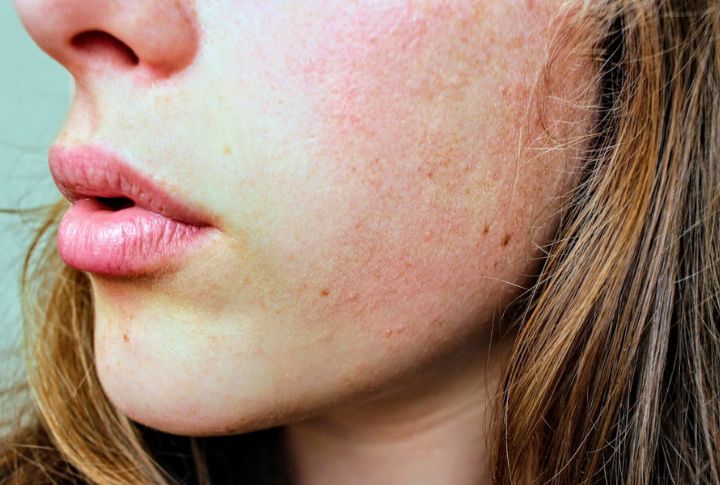
Inner lip tattoos rarely last. The skin regenerates rapidly, and the area remains moist, which causes the ink to fade quickly, sometimes within weeks. Even when they heal well, most are gone by the six-month mark. People often write them for laughs or surprises, knowing the words won’t stay.
The First Forehead Ad Was A Tattoo
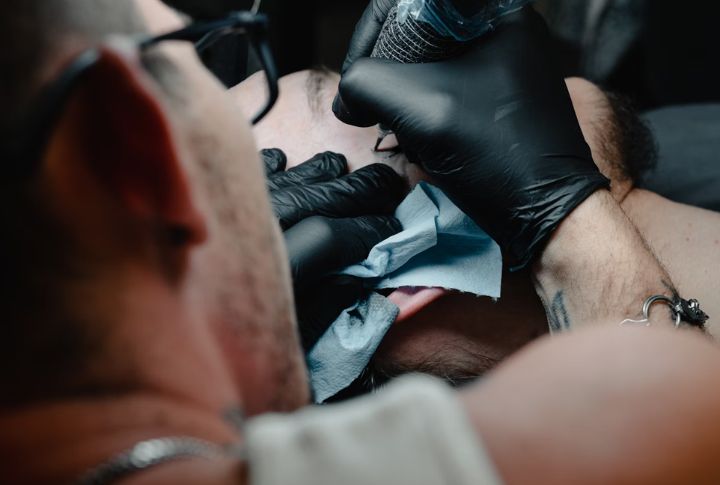
In 2005, Karolyne Smith auctioned off her forehead as ad space and tattooed “GoldenPalace.com” above her eyebrows. The online casino paid $10,000. While she said it helped pay for her child’s education, it also sparked global debates about desperation, branding, and how far people will go for cash.
UV Ink Tattoos Glow In Blacklight
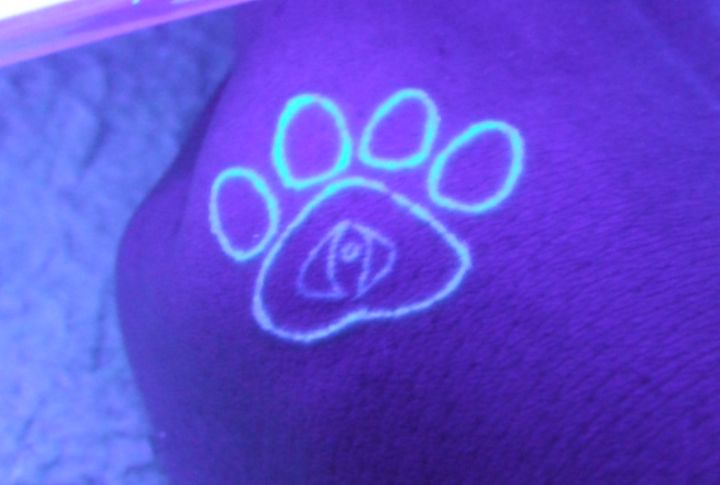
UV-reactive tattoos are nearly invisible in normal light but glow under black light. Popular in club scenes, they are made with fluorescent ink, which is not FDA-approved for tattooing. Therefore, these tattoos can be more challenging to apply and heal, and have been known to cause more skin irritation than traditional pigments.
Scott Campbell Charges $1,000 Per Hour
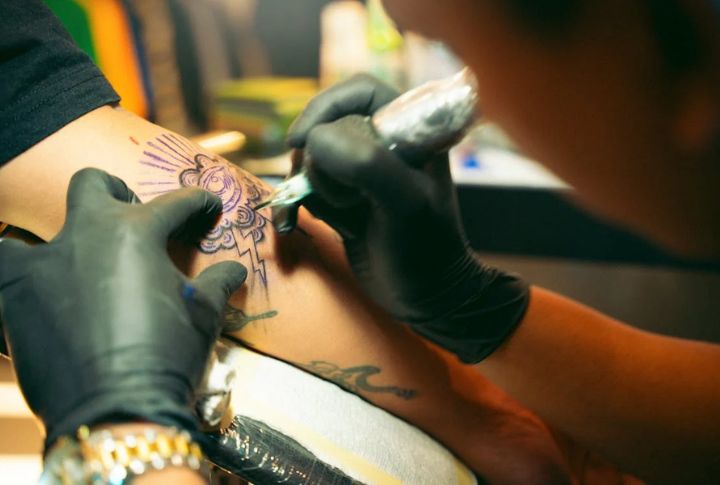
Scott Campbell, one of the world’s most in-demand tattoo artists, charges $1,000 per hour for his work. Known for intricate linework and fine shading, he has clients who include A-list actors and designers. Additionally, he tattoos only on weekends, and booking an appointment can take months—even years—for new clients.
Tattooed People Are Perceived As More Outgoing
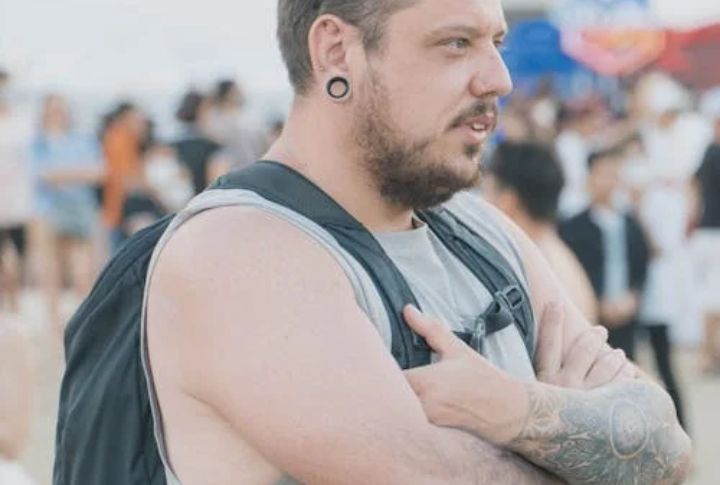
In places like South Africa and the United States, people with tattoos are often perceived as more outgoing or easier to talk to. While older generations still associate ink with rebellion, younger ones tend to see tattoos as expressions of identity, creativity, and even warmth in social settings.
Name Tattoos Are The Biggest Regret

Name tattoos lead the list of regrets. Laser clinics say they remove more exes’ names than anything else. People change, relationships end, and that “forever” script doesn’t always age well. If you’re considering inking someone’s name, consider a temporary version first, or wear matching hoodies instead.
There’s A World Record For Longest Tattoo Session

In 2022, Alessandro Bonacorsi set a Guinness World Record for a non-stop tattoo session that lasted 61 hours and 37 minutes. He worked on dozens of clients in shifts, following strict guidelines to remain conscious and compliant. It’s safe to say that this required serious endurance and a whole lot of numbing cream.

